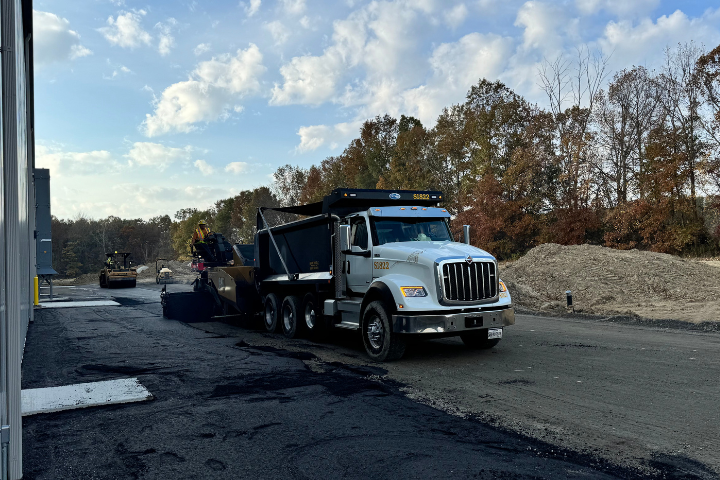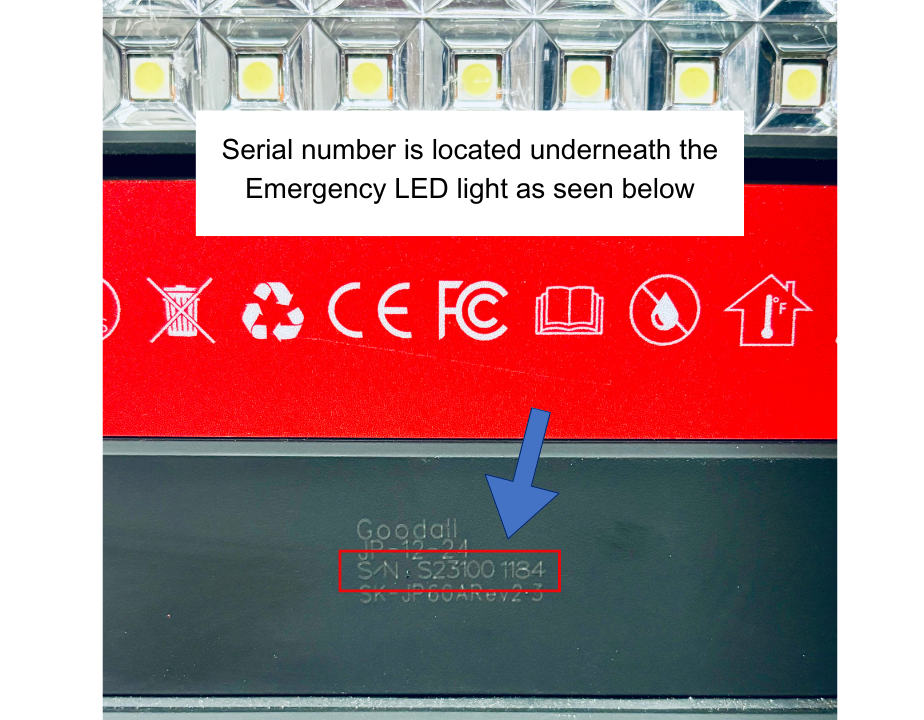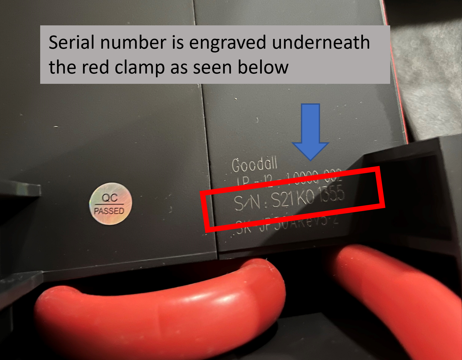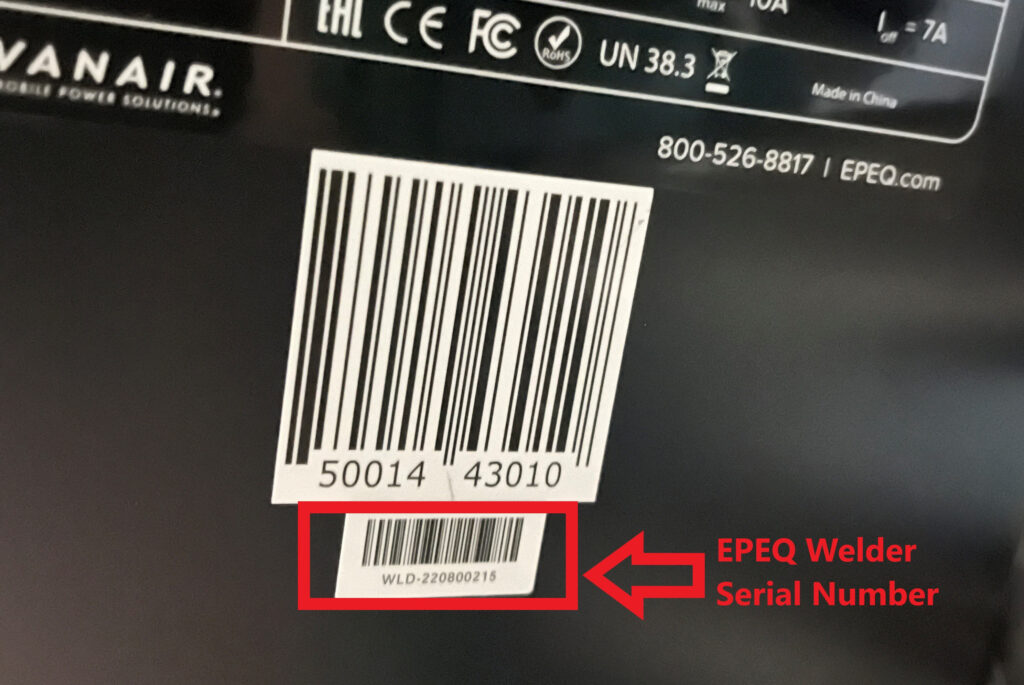The easiest way to reduce idling is to simply turn the vehicle off whenever possible. But what do you do when your day-to-day operations rely on the vehicle’s power? In certain industries, the vehicle’s power is required to perform specific job functions. Follow these tips on how to reduce fleet idling.
Powering Electronics
Certain industries, such as policing, telecommunications, and utilities, require the use of electronics to perform day-to-day job requirements. Police officers need computers and radios to communicate, log information, and respond to calls; foremen need lighting to provide hazardous alerts and warnings to the public to ensure operator and public safety.
PTO and Hydraulic Pressure
Commonly in the utilities industry, power take-off (PTO) and hydraulic pressure are a vital necessity for daily operations. These power sources commonly use a vehicle’s engine power, to power equipment such as lifts and booms on trucks when building and repairing hydro and water utilities, and more.
Climate Control
One of the most common reasons for idling is to retain front or rear cabin climate. This applies to industries that require products or tools to keep them from freezing in cold climates or from expiring in hot climates. Another common use case for necessary climate control involves operator comfort, including trucking, logistics and transportation, first responders, emergency medical services, and much more.
Considering the medical industry as a primary example, medical product transport and emergency medical service vehicles require a specific cabin/storage temperature to ensure that drugs, vaccinations, and other medicines do not expire.
Additionally, uncontrollable factors such as external climate also contribute to the operator’s need for front and rear climate control. In extreme weather conditions, the health, safety, and security of operators is heavily reliant on the vehicle’s ability to provide heat or air conditioning.
These functions may have a simple solution – run the vehicle. However, this is not an environmentally conscious, nor feasible, option for fleets. Vehicle idling contributes to significant CO2 emissions, public health and air quality concerns, and significant cost implications due to wasted fuel, engine wear, and maintenance costs.

Fortunately, you don’t need to sacrifice emissions, fuel consumption, and expensive costs to retain key vehicle functions. Using anti-idling technology from EPEQ® Idle Management by Vanair®, a Lincoln Electric Company, allows fleets to retain vehicle power while decreasing emissions, fuel consumption, costs, and more.




